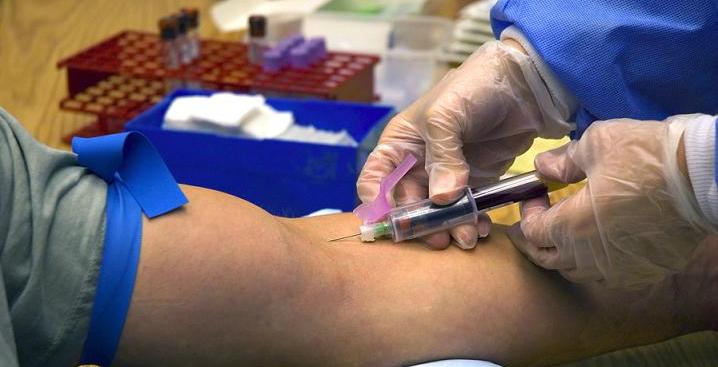**Title: The Ultimate Guide to a Draw Blood Job: Salary, Requirements, and Career Outlook**
**Meta Title: Discover the ins and outs of a draw blood job with this comprehensive guide**
**Meta Description: Interested in pursuing a career as a phlebotomist? Learn about the salary, requirements, and career outlook for this rewarding profession in our comprehensive guide.**
**Introduction:**
If you have a steady hand and a knack for working with people, a draw blood job might be the perfect career path for you. Phlebotomists play a crucial role in the healthcare system by collecting blood samples for medical testing, transfusions, donations, and research. In this comprehensive guide, we will explore everything you need to know about pursuing a draw blood job, including salary expectations, job requirements, and the future outlook for this rewarding profession.
**Salary Expectations:**
Phlebotomists can earn a competitive salary, especially considering the relatively short training time required for this career. According to the Bureau of Labor Statistics, the median pay for phlebotomists in the United States is around $35,510 per year. However, salaries can vary depending on factors such as experience, location, and employer. Working in a hospital or diagnostic laboratory may offer higher pay than working in a physician’s office or blood donation center.
**Job Requirements:**
While there are no strict educational requirements to become a phlebotomist, most employers prefer candidates who have completed a phlebotomy training program. These programs are typically offered at vocational schools, community colleges, and hospitals and can range from a few weeks to several months in length. Some states may also require phlebotomists to be certified, which involves passing an exam from an accredited organization such as the National Healthcareer Association or the American Society for Clinical Pathology.
**Career Outlook:**
The demand for phlebotomists is expected to grow in the coming years, as the healthcare industry continues to expand. According to the Bureau of Labor Statistics, employment of phlebotomists is projected to increase by 17% from 2020 to 2030, much faster than the average for all occupations. This growth is attributed to an aging population that will require more medical tests and procedures, as well as advancements in medical technology that necessitate more blood samples for analysis.
**Benefits and Practical Tips:**
Some of the benefits of pursuing a draw blood job include:
– Job stability and security in the growing healthcare industry
- Opportunities for advancement to supervisory or managerial roles
– Flexible work schedules, including part-time and weekend opportunities
Some practical tips for success in this career include:
– Developing strong communication skills to help patients feel comfortable and at ease
– Practicing good phlebotomy techniques to ensure accurate and efficient blood collection
– Staying up-to-date on the latest developments in phlebotomy and medical technology through continuing education and training programs
**Conclusion:**
a draw blood job offers a fulfilling and rewarding career path for individuals who are passionate about healthcare and helping others. With competitive salaries, strong job prospects, and opportunities for advancement, becoming a phlebotomist can be a smart choice for those looking to enter the healthcare field. By completing the necessary training, gaining experience, and staying current on industry trends, you can embark on a successful career as a phlebotomist and make a positive impact on the health and well-being of others.
